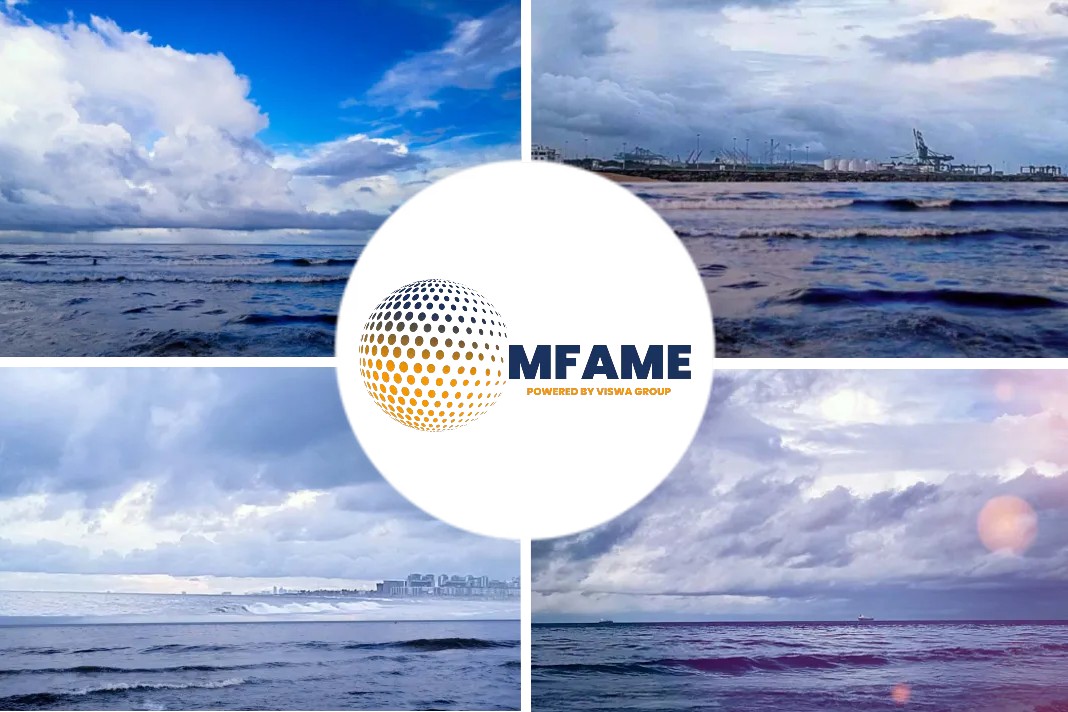A port State control visit on board a ship will normally start with, as a minimum and to the extent applicable, examination of the documents in accordance with Annex 10 of the Paris MOU.
Inspection types
In addition the PSCO conducts a general inspection of several areas on board to verify that the overall condition of the ship complies with that required by the various Conventions.
If no deficiencies are found during the inspection, the PSCO will issue a ‘clean’ inspection report (Form A) to the master of the ship. In case deficiencies have been identified, the inspection report will include deficiencies found report (Form B) indicating any follow-up actions to be taken to rectify the deficiencies indicated. Next, the particulars of the respective ship and the inspection results will be recorded in the database.
Furthermore, control on compliance with on board operational requirements may be includedduring an inspection, particularly if the PSCO has reason to believe that the crew demonstrates insufficient proficiency in that area.
The following types of inspection can be carried out:
- Initial inspection
- More detailed inspection
- Expanded inspection
- Concentrated Inspection Campaign
Initial inspection
An initial inspection will consist of a visit on board the ship in order to:
- check the certificates and documents listed in Annex 10 of the MoU text;
- check that the overall condition and hygiene of the ship including:
1. navigation bridge
2. accommodation and galley
3. decks including forecastle
4. cargo holds/area
5. engine room
- meets generally accepted international rules and standards;
- verify, if it has not previously been done, whether any deficiencies found by an Authority at a previous inspection have been rectified in accordance with the time specified in the inspection report.
More detailed inspection
A more detailed inspection will be carried out whenever there are clear grounds for believing, during an inspection, that the condition of the ship or of its equipment or crew does not substantially meet the relevant requirements of a relevant instrument.
Clear grounds exist when a Port State Control Officer finds evidence, which in his/her professional judgement warrants a more detailed inspection of the ship, its equipment or its crew. The absence of valid certificates or documents is considered a clear ground. Other examples of clear grounds can be found in Annex 9, paragraph 6 of the MoU text.
A more detailed inspection will include an in-depth examination in:
- the area(s) where clear grounds were established
- the areas relevant to any overriding or unexpected factors
- other areas at random from the following risk areas:
1. Documentation
2. Structural condition
3. Water/Weathertight condition
4. Emergency systems
5. Radio communication
6. Cargo operations
7. Fire safety
8. Alarms
9. Living and working condition
10. Navigation equipment
11. Life saving appliances
12. Dangerous Goods
13. Propulsion and auxiliary machinery
14. Pollution prevention
The more detailed inspection will take account of the human elements covered by ILO, ISM and STCW and include operational controls as appropriate.
Expanded inspection
An expanded inspection shall include a check of the overall condition, including human element where relevant, in the following risk areas:
1. Documentation
2. Structural condition
3. Water/Weathertight condition
4. Emergency systems
5. Radio communication
6. Cargo operations
7. Fire safety
8. Alarms
9. Living and working conditions
10. Navigation equipment
11. Life saving appliances
12. Dangerous Goods
13. Propulsion and auxiliary machinery
14. Pollution prevention
and subject to their practical feasibility or any constraints relating to the safety of persons, the ship or the port, verification of the specific items in these risk areas listed for each ship type must be part of an expanded inspection.
The inspector must use professional judgement to determine the appropriate depth of examination or testing of each specific item.
Inspectors must be aware that the safe execution of certain on-board operations, e.g. cargo handling, could be jeopardised by tests carried out during such operation.
The expanded inspection will take account of the human elements covered by ILO, ISM and STCW and include operational controls as appropriate.
Concentrated inspection campaign
Concentrated inspection campaigns focus on specific areas where high levels of deficiencies have been encountered by PSCOs, or where new convention requirements have recently entered into force. Campaigns take place yearly over a period of 3 months (September – November) and are combined with a regular inspection.
Over the years the following topics have been the focus of a CIC:
- 2018 MARPOL Annex VI
- 2017 Safety of Navigation
- 2016 MLC 2006
- 2015 Entry into Enclosed Spaces
- 2014Hours of Rest (STCW)
- 2013 Propulsion and auxiliary machinery
- 2012 Fire Safety Systems
- 2011 Structural safety and Load Lines
- 2010 Tanker damage stability
- 2009 Lifesavings: Lifeboat launching arrangements
- 2008 Safety of Navigation: Solas chapter V
- 2007 Implementation of the International Safety Management Code (ISM-Code)
- 2006 MARPOL 73/78 Annex I
- 2005 Global Maritime Distress Safety System (GMDSS)
- 2004 Labour and live circumstances: Working and living conditions
- 2003 Operational Compliance on board passenger ships
- 2002 International Safety Management Code (ISM-Code).
Did you subscribe to our daily Newsletter?
It’s Free! Click here to Subscribe
Source: Paris MoU























